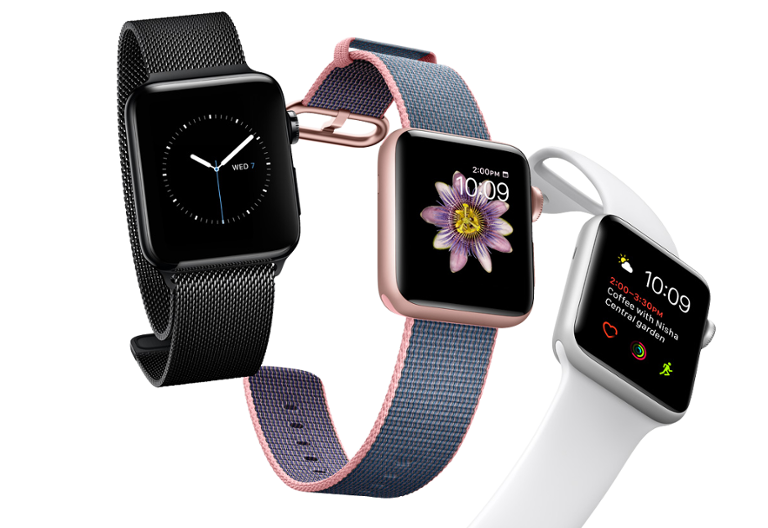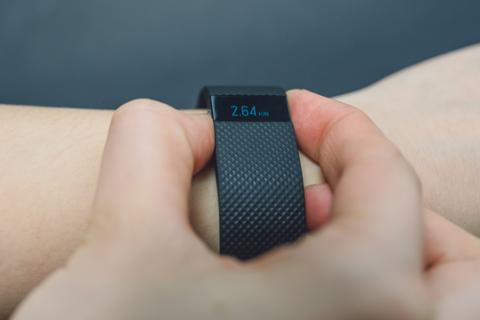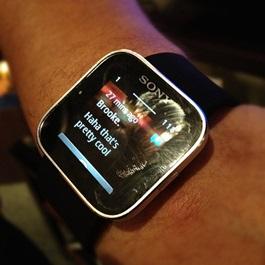[caption id="attachment_134099" align="aligncenter" width="683"]
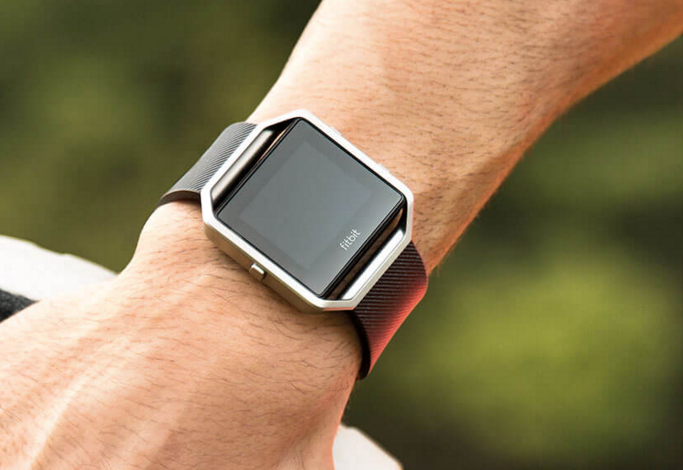
Fitbit wearables[/caption] Wearables are still around, although events such as Jawbone’s implosion and
the sell-off of Pebble sometimes make it seem as though the segment is dying off. We still have Android Wear, Apple Watch and Fitbit, in addition to outlier platforms and devices. But some of those platforms are also in a state of flux. Android Wear is in a holding pattern, and Fitbit’s forward progress is a bit confusing for many onlookers now that it has purchased the intellectual property (IP) from Pebble. Apple Watch is moving forward steadily, but where can it go from here? More to the point, which platforms are smart bets for developers?
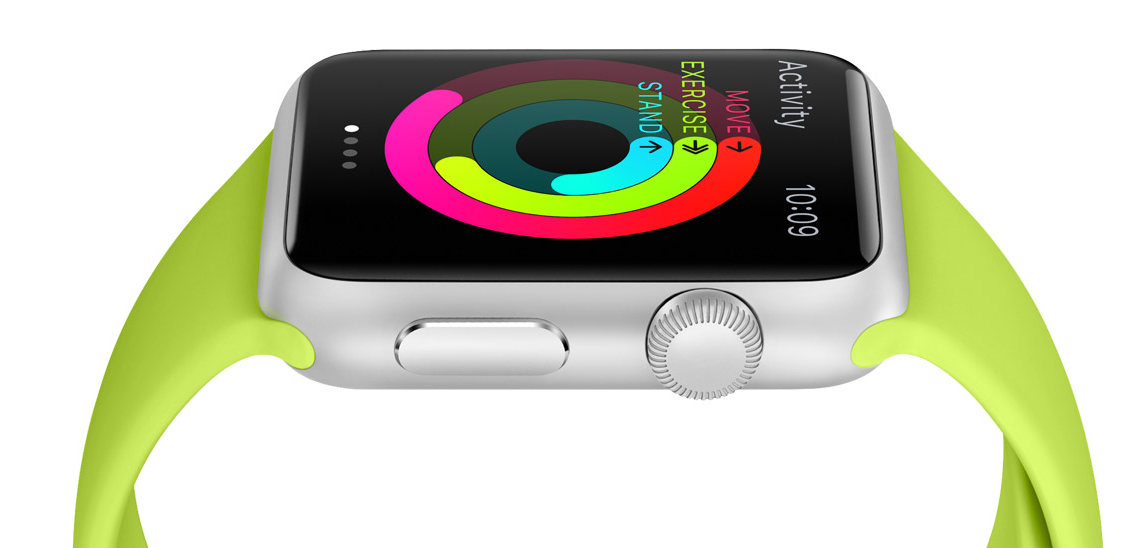
Apple Watch
Because it’s Apple’s only official wearable, Apple Watch has a huge upside. It can do more via iOS than other wearables, as it links to the platform via companion apps. Apple Watch is also a true smartwatch, offering a wider avenue for development than fitness wearables. Sadly, the company is tight-lipped about its wearables sales figures. The iPhone has a 12 percent market share globally, and 44 percent in the United States, giving the Apple Watch (at least theoretically) a built-in audience.
Analysts pin Apple with roughly 8 percent of the wearables marketshare, but about 46 percent of the smartwatch market. Apple’s watchOS is fairly robust, and the platform has been in constant development since its introduction. Now on version 3 (and ‘series 2’ hardware), it’s reached a level of success that makes it a safe bet for development. For developers comfortable with Swift, a watchOS app is basically just a view of an existing iOS app, making development approachable. It also doesn’t look as though the platform will go anywhere, making it the most stable wearable experience for developers.

Android Wear
Where Apple Watch and watchOS have stability and steady improvements, Android Wear is confused; version 2.0 has been delayed until next year. Some partners have given up on the platform, and there’s still no ‘official’ Android Wear device via the Pixel brand. Motorola
recently swore off wearables, suggesting Android Wear just wasn’t worth the stretch. That’s a warning sign for developers; if a company can’t make a business selling hardware, there’s reason to doubt that developing for the platform is worth it. Similarly, a major Android partner, Samsung, is also resistant to Android Wear. Instead, the company uses its own Tizen platform for wearables, which link directly to its Android-powered smartphones. It’s as proprietary as Android gets; much like Apple, Samsung controls its own hardware and much of its software stack. But Google hasn’t given up on Android Wear. The
developer portal is going strong, and version 2.0 is poised to be a fairly significant update with the company, adding single sign-on for apps and other features. There are several solid partners remaining, too, many of which are traditional mechanical watchmakers looking to branch into smart wearables. Material Design, Google’s digital design language, was also written with wearable-sized screens in mind, so Android developers will find creating apps and screens for the platform familiar. [caption id="attachment_138699" align="aligncenter" width="1024"]
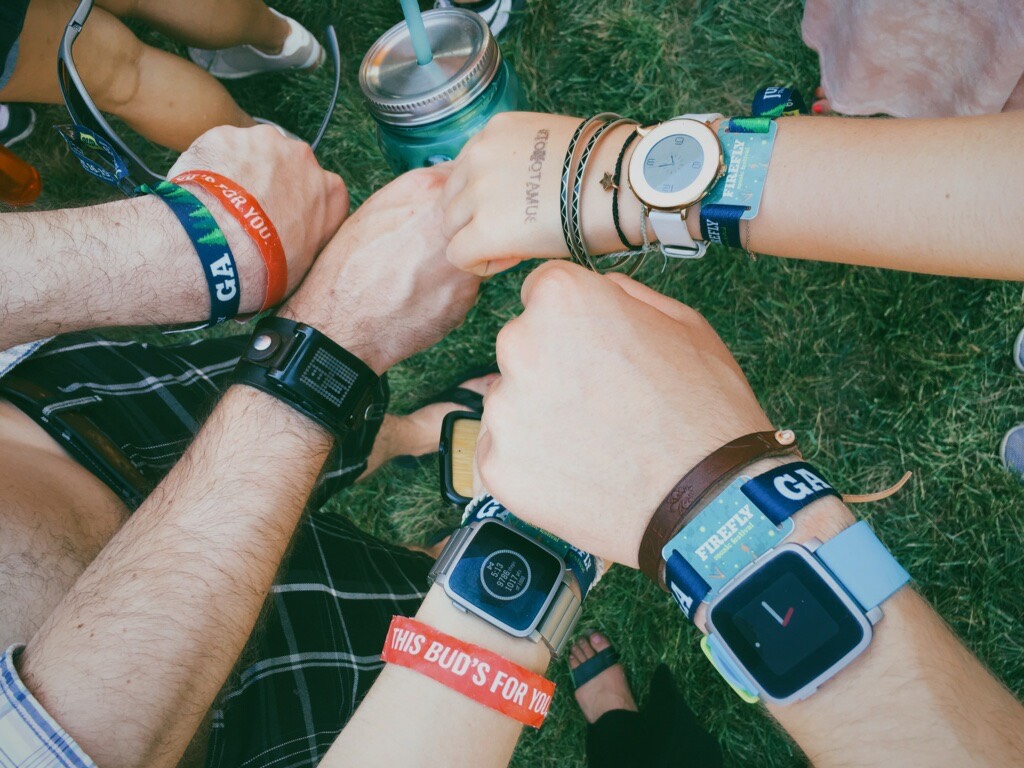
Pebble Smartwatches[/caption]
Fitbit, Pebble and Others
Fitbit
recently purchased Pebble, and ignited a firestorm of controversy in the process. It dismantled Pebble’s hardware program, but kept its IP. Pebble’s developer community has since been told to
keep on doing what they do. The unknown is ‘why.’ Reasoning tells us that Fitbit is preparing a smartwatch, and felt Pebble’s own platform was a good acquihire (literally: the company hired many in-house Pebble engineers) that would allow them to build something capable of succeeding in a competitive market. Like so many fitness wearables, Fitbit lets developers tap into its various sensors via its own SDKs to create in-app experiences. It’s a measure meant to create a sort of cottage industry of fitness apps and services, but there’s limited scope. A smartwatch would amplify those services, and open Fitbit up, as well. Jawbone, an early Fitbit rival, has essentially gone belly-up. It no longer sells hardware, as its last iteration was met with cool responses from reviewers and the public. Rumors suggest it will either pivot to medical-grade wearables or sell itself off. Outlier devices and ecosystems such as Garmin are good options for consumers, but lack market share. Garmin also charges a
$5,000 API access fee; a hard sell unless you’re a company with deep pockets. Though its products are good, market-share woes make it a less-tempting target for developers.
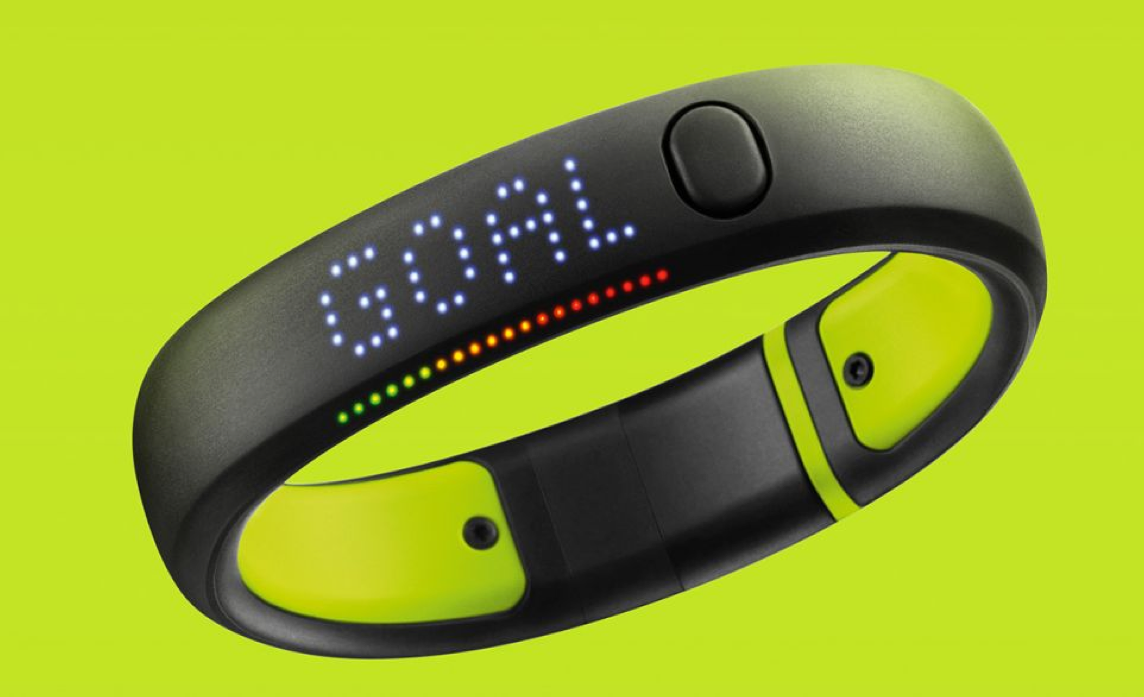
Where Should Developers Focus?
It all comes down to a few core concepts: what’s your app, and where are your users? iOS developers should naturally focus on watchOS. Even if you don’t have a fitness app or service, the watch lets just about any app make a home on your wrist. It’s also one of the best fitness wearables around. Android Wear is in a state of flux, so it’s best to tread lightly. Like Apple, Google has a deep set of tools available for developers; it’s not hard to get involved with Android Wear, but we’re also not convinced it’s worth much effort just yet. Android Wear does have one advantage: Google's heavy hand. The search-engine giant controls the platform much more directly than it does Android proper, so supporting a myriad of screen sizes and pixel counts is not really a concern. Still, there’s a lot of fragmentation amidst the device ecosystem, and it’s just not clear how many customers are actually using Android Wear. Samsung’s Tizen is in its own realm, meant for use on Samsung wearables with Samsung smartphones. That’s really niche. If you have a good use-case for a Tizen wearable, it’s a solid development platform, but the company has lost a bit of reputation with its recent issues relating to the Note 7. If you're looking for broad appeal, Fitbit is a platform to keep an eye on moving forward.
Data suggests it has the largest wearable marketshare, hovering around 25 percent, and Pebble should give it inroads with smartwatches, as well. We should also point out that Motorola had a 10 percent marketshare for smartwatches, and decided it wasn't worth it. While market data seems promising, wearables are still a tenuous market.
 Fitbit wearables[/caption] Wearables are still around, although events such as Jawbone’s implosion and the sell-off of Pebble sometimes make it seem as though the segment is dying off. We still have Android Wear, Apple Watch and Fitbit, in addition to outlier platforms and devices. But some of those platforms are also in a state of flux. Android Wear is in a holding pattern, and Fitbit’s forward progress is a bit confusing for many onlookers now that it has purchased the intellectual property (IP) from Pebble. Apple Watch is moving forward steadily, but where can it go from here? More to the point, which platforms are smart bets for developers?
Fitbit wearables[/caption] Wearables are still around, although events such as Jawbone’s implosion and the sell-off of Pebble sometimes make it seem as though the segment is dying off. We still have Android Wear, Apple Watch and Fitbit, in addition to outlier platforms and devices. But some of those platforms are also in a state of flux. Android Wear is in a holding pattern, and Fitbit’s forward progress is a bit confusing for many onlookers now that it has purchased the intellectual property (IP) from Pebble. Apple Watch is moving forward steadily, but where can it go from here? More to the point, which platforms are smart bets for developers? 

 Pebble Smartwatches[/caption]
Pebble Smartwatches[/caption]

